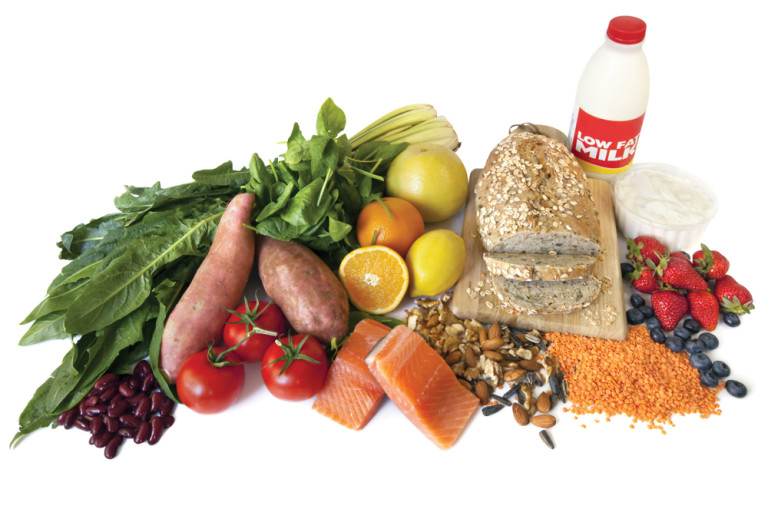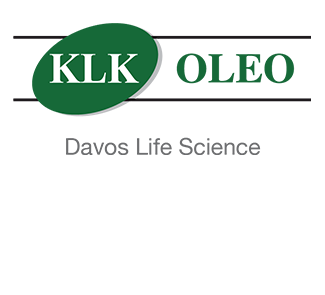The gluten-free food category continues solid growth.
A recent report from Mintel Group Ltd. on the gluten-free category confirms growth at 136 percent from 2013-15, reaching $11.6 billion, at current prices. Strong year-over-year growth continues as the percentage of consumers eating gluten-free foods for a variety of reasons including to treat celiac disease or NCGS (non-celiac gluten sensitivity) increases. Further, greater awareness of a gluten-free diet and its perceived health benefits has led to greater availability and variety of gluten-free products and increased competition among gluten-free specific brands and large manufacturers alike.
Behaviors Related to Gluten-free Foods Continued Growth
The majority of respondents (77 percent) in the Mintel research select gluten-free foods for reasons not pertaining to a celiac disease diagnosis; this mostly includes respondents who eat gluten-free foods for reasons other than intolerance or sensitivity. However, the percentage of those who believe they may be gluten intolerant or sensitive has gradually risen as awareness of gluten-sensitivity (NCGS) has increased.
Respondents who have not been diagnosed with celiac disease are significantly more likely to eat gluten-free foods because they feel it is better for their overall health and to manage gastrointestinal problems, such as bloating or gas, which are symptoms of NCGS. Those who have been diagnosed with celiac disease report higher likelihood of eating gluten-free foods for a variety of reasons, most notably for weight loss, because they feel it is more natural, or to manage other health issues including stabilizing mood or ADHD (attention deficit hyperactivity disorder), and to improve skin. Of particular interest in this research are those consumers now selecting gluten free as part of what has been defined as those with gastrointestinal distress.
According to Mintel research, up to 70 percent of consumers consuming gluten-free foods do so based on a concern with FODMAPS (fermentable oligo-di-monosaccharides and polyols). So what is the FODMAP diet and is it credible diet for those with celiac disease, gluten sensitivity and gluten-free adopters?
The FODMAP Diet in Relation to a Gluten-free Diet
The FODMAP diet is an elimination diet which attempts to improve the symptoms associated in functional gastrointestinal disorders. The diet is based on the idea that fermentable carbohydrates worsen symptoms of those with digestive challenges.
FODMAPs are carbohydrates (sugars) that are found in foods. According to Digestive Health Center Nutrition Services at Stanford University Medical Centre, not all carbohydrates are considered FODMAPs.
FODMAPs are found in these components of food:
• Fructose (fruit, honey, high fructose corn syrup (HFCS), etc.)
• Lactose (dairy products)
• Fructans (wheat, onion and garlic)
• Galactans (beans, lentils, and legumes, including soy)
• Polyols (sweeteners containing sorbitol, mannitol, xylitol, maltitol and stone fruits such as avocado, apricots, cherries, nectarines, peaches, plums, etc.)
FODMAPs essentially pull water into the intestinal tract, may not be digested or absorbed well and could be fermented upon by bacteria in the intestinal tract when eaten in excess. Common, symptoms of diarrhea, constipation, gas, bloating and/or cramping may occur in those who could be sensitive to the effects of FODMAPs.
A low FODMAP diet may help reduce symptoms, which will limit foods high in fructose, lactose, fructans, galactans and polyols. The low FODMAP diet is often used in those with irritable bowel syndrome (IBS).
There appears to be evidence confirming that the FODMAP diet provides an effective approach to managing patients with functional gastrointestinal disorders. More research is still needed to determine the FODMAP content of all foods and to determine the legitimacy of applying a low FODMAP diet to patients with irritable bowel disorder, celiac disease and any other digestive challenges. Many gastroenterologist and dietitians are however, now starting to apply this diet in clinical practice. The FODMAP diet may have once been a craze, but now with an increasing body of evidence behind it, has become a credible and valuable tool in the management of patients with functional gastrointestinal disorders.
Key for those manufacturing and marketing gluten-free food products to consumers with digestive health issues is recognizing the differences between what now drives consumers who have been diagnosed with celiac disease and require a gluten-free diet for life and those who have not.
References:
• Digestive Health Centre Nutrition Services Stanford University Medical Centre.
• Mintel Group Ltd. Research 2015.
• Nutrition Issues In Gastroenterology, Series #112, Carol Rees Parrish, MS, RD, Series Editor A FODMAP Diet Update: Craze Or Credible?
A brand champion and trend expert, Tricia Ryan has more than 15 years of progressive experience in marketing and communications with a focus on food and consumer packaged goods in the food and beverage industry. She is a principal at the Gluten-Free Agency providing strategic and communication expertise on the gluten-free market. She also leads the Gluten-Free Certification Program in its marketing efforts across North America. She has an MBA in marketing and business, and has completed her internship as a registered dietitian.








